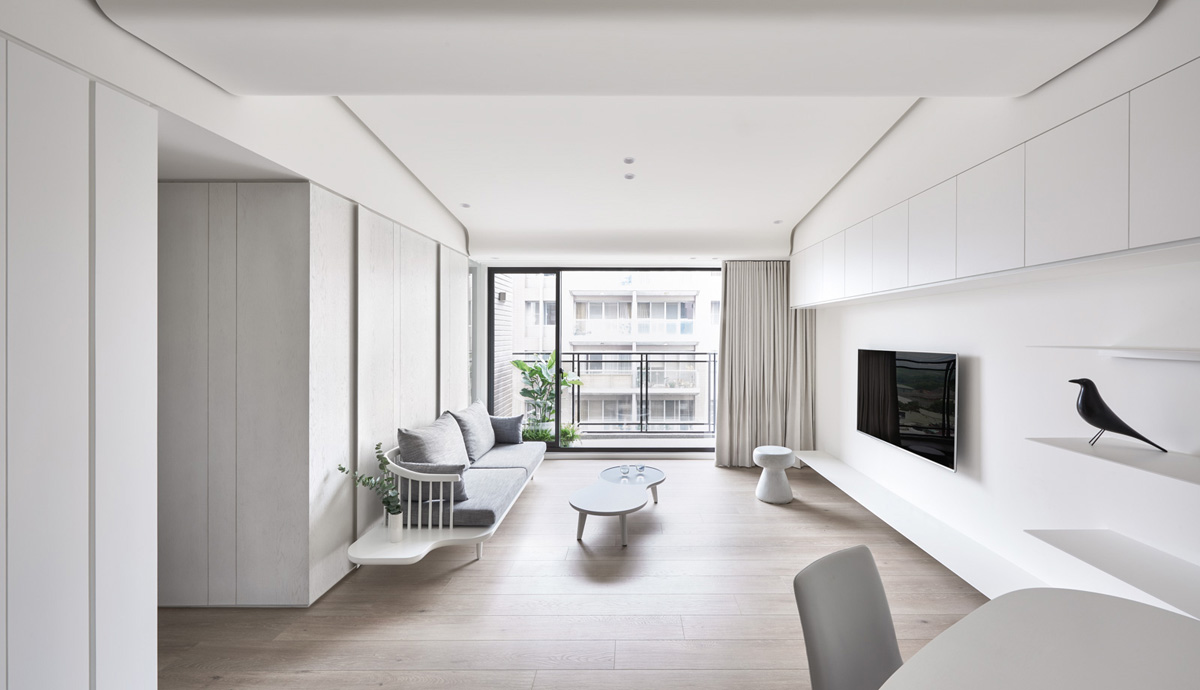
Choosing ideal cabinetry is pivotal when planning to transform your kitchen. It significantly influences your space’s functionality and aesthetic appeal. However, how do you know which kitchen cabinetry matches your space’s design?
1. Assess Your Kitchen Layout and Space
Begin by evaluating your kitchen’s size and layout. Consider space-saving solutions like corner cabinets or pull-out shelves for smaller kitchens to maximize storage. Larger kitchens may accommodate expansive cabinetry, including kitchen islands or pantry units. Tailoring your cabinetry to your kitchen’s specific dimensions ensures optimal use of space and enhances workflow efficiency.
2. Determine Your Storage Needs
Reflect on your cooking habits and lifestyle to identify your storage requirements. A family that cooks frequently may need ample space for cookware, utensils, and pantry items. In contrast, occasional cooks might prioritize aesthetic features. To keep your kitchen functional, incorporate specialized storage solutions such as pull-out spice racks, deep pot drawers, or built-in organizers.
3. Choose the Right Cabinet Type
Cabinetry comes in three main types:
- Stock Cabinets: These are pre-manufactured in standard sizes and limited styles. They are budget-friendly and readily available but offer minimal customization.
- Semi-Custom Cabinets: These provide more design flexibility with a broader range of sizes, styles, and finishes, allowing for moderate customization to suit your preferences.
- Custom Cabinets: These cabinets are tailored precisely to your specifications and offer unlimited design possibilities. They are ideal for unique kitchen layouts or specific aesthetic desires, though they come at a higher cost.
Your cabinetry choice should align with your budget, design preferences, and the desired customization level.
4. Select Appropriate Materials
The material of your cabinetry affects durability, appearance, and maintenance. Common options include:
- Solid Wood: A classic and durable choice with wood species like oak, maple, or cherry, each providing distinct grain patterns and colors.
- Plywood: A dependable material for cabinet boxes because of its strength and moisture resistance.
- Medium-density fiberboard: This material provides a smooth surface for painted finishes but may be less moisture-resistant than plywood.
- Particle Board: A cost-effective option often used in budget-friendly cabinetry, though it may lack the durability of other materials.
Consider your area’s climate and humidity levels, as certain materials may react differently to environmental factors.
5. Decide on Cabinet Door Styles
Cabinet doors are a prominent visual element in your kitchen. Popular styles include:
- Shaker: Distinguished by a five-piece door featuring a recessed center panel, this style offers a classic and adaptable appearance.
- Flat-Panel (Slab): Features a simple, minimalist design for modern kitchens.
- Inset: Doors sit flush within the cabinet frame, providing a classic and high-end appearance.
- Beadboard: Adds a charming cottage or farmhouse feel by incorporating vertical boards.
Select a design that complements both your preferences and the overall layout of your kitchen.
6. Consider Finishes and Colors
The finish and color of your cabinetry set the tone for your kitchen’s ambiance. Options include natural wood finishes, painted surfaces, or laminates in various hues. Light-colored cabinets can make a space feel larger and more open, while darker tones add warmth and sophistication. Consider the maintenance requirements of each finish; for instance, glossy surfaces may show fingerprints more readily than matte finishes.
7. Select Functional Hardware
Hardware, such as knobs and pulls, serves both functional and decorative purposes. Ensure that the hardware complements your cabinet style and is comfortable to use. Additionally, consider soft-close hinges and drawer slides to enhance the functionality and longevity of your cabinetry.
8. Establish a Realistic Budget
One of the first steps in your planning process should be determining a realistic budget. Allocate funds appropriately among cabinetry, hardware, installation, and other kitchen elements. Investing in quality cabinets can provide long-term value. Still, balancing cost with your specific needs and preferences is essential. This approach will help you feel financially secure and prepared for your renovation.
9. Plan for Future Maintenance
Consider the maintenance requirements of your chosen cabinetry materials and finishes. Some surfaces may require regular cleaning or occasional refinishing to maintain their appearance. And finishes align with the amount of upkeep you’re willing to commit to.
10. Consult with Professionals
Consider engaging a professional kitchen designer or cabinetry specialist for a more comprehensive approach. Their knowledge may offer insightful advice catering to your requirements and tastes, guaranteeing that your cabinetry blends well with other kitchen components. You may feel more confident about your renovation choices after this consultation.
In conclusion, choosing the ideal kitchen cabinetry requires careful consideration of the trade-offs between cost, style, and utility. By carefully considering each element, you can design a kitchen area that suits your tastes and lifestyle while still aesthetically pleasing.

